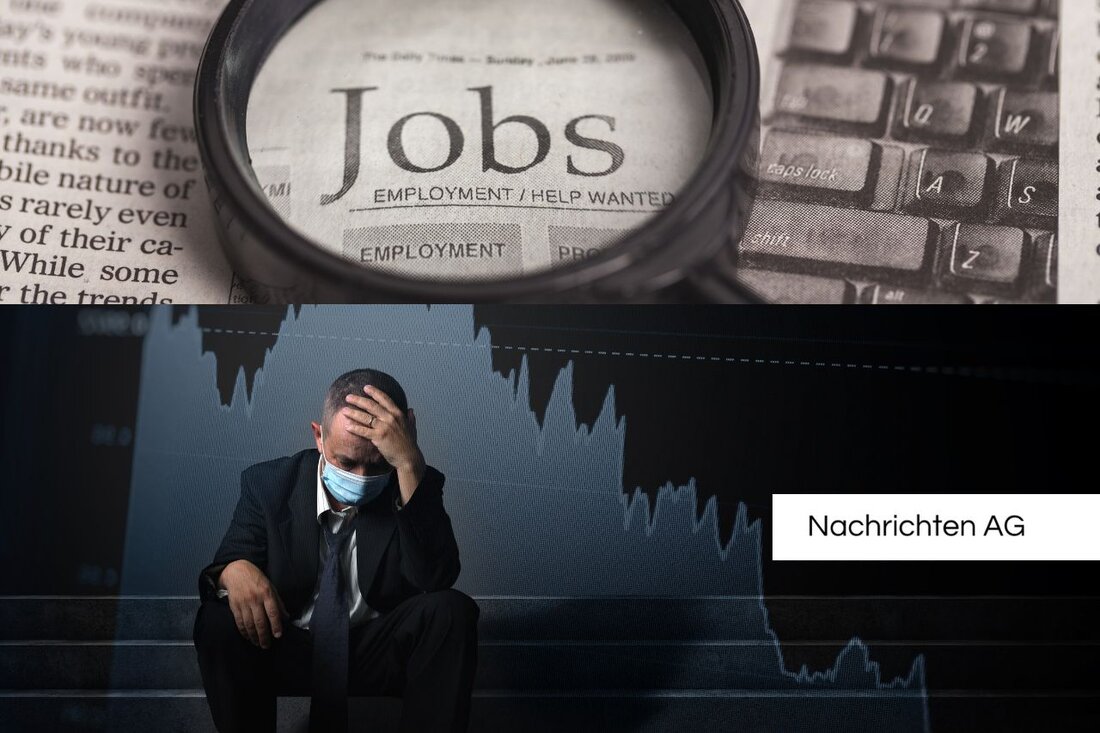Patrick Schneider: From burnout to professional restoration!
Patrick Schneider: From burnout to professional restoration!
Krems, Österreich - Patrick Schneider is 36 years old and faces great challenges in his life. He not only fights with the consequences of a burnout, but also has to cope with long -lasting unemployment and the loss of his apartment. In the spring of 2020, the burnout hit him, triggered by overloading in the job and private problems. After that, the way back into professional life was difficult for him, especially during the corona pandemic, which further tightened his Situation. In this difficult phase, Schneider received support from the Integra social facility, which helped him to recognize new perspectives and find a way back to working life, as Krone reported.
COVID-19 pandemic not only affected Schneider, but also worldwide the mental well-being of many employees. Studies show that certain coping styles increase the risk of burnout. In particular, coping mechanisms that develop people to deal with stress can be crucial for mental health. A systematic review of research articles has shown that not all strategies are equally effective. While task -oriented coping strategies have a rather protective effect, avoidance strategies are in a predictive connection with burnout. These results illustrate the need to deal with personal coping styles to operate prevention, as the study by PubMed suggests.
The influence of mental health on the professional world
mental illnesses are widespread and estimates more than 15 % of working adults in the course of their lives. They not only affect the well -being of the data subjects, but also their ability to be successful in professional life. The World Health Organization (WHO) published a guideline in September 2022 that recommends measures to promote mental health at work. These guidelines aim to increase productivity and to facilitate participation in working life, and address organizational measures and training for managers and employees, as listed in the information from pmc
The WHO gives concrete recommendations to reduce psychosocial risk factors and approach the subject of mental health at various levels. This includes training to strengthen mental health competence and strategies to support the return to the workplace after psychological absenteeism. These recommendations are not only important for employers, but also for employees who have to become more and more aware of the importance of mental health.
Schneider and many others stand as an example of the challenges that mental health can bring in the context of work. It is crucial to take suitable measures to support those affected and create the basis for a healthy work environment. This is the only way to reduce the risk of burnout and other mental illnesses.
| Details | |
|---|---|
| Ort | Krems, Österreich |
| Quellen | |


Kommentare (0)